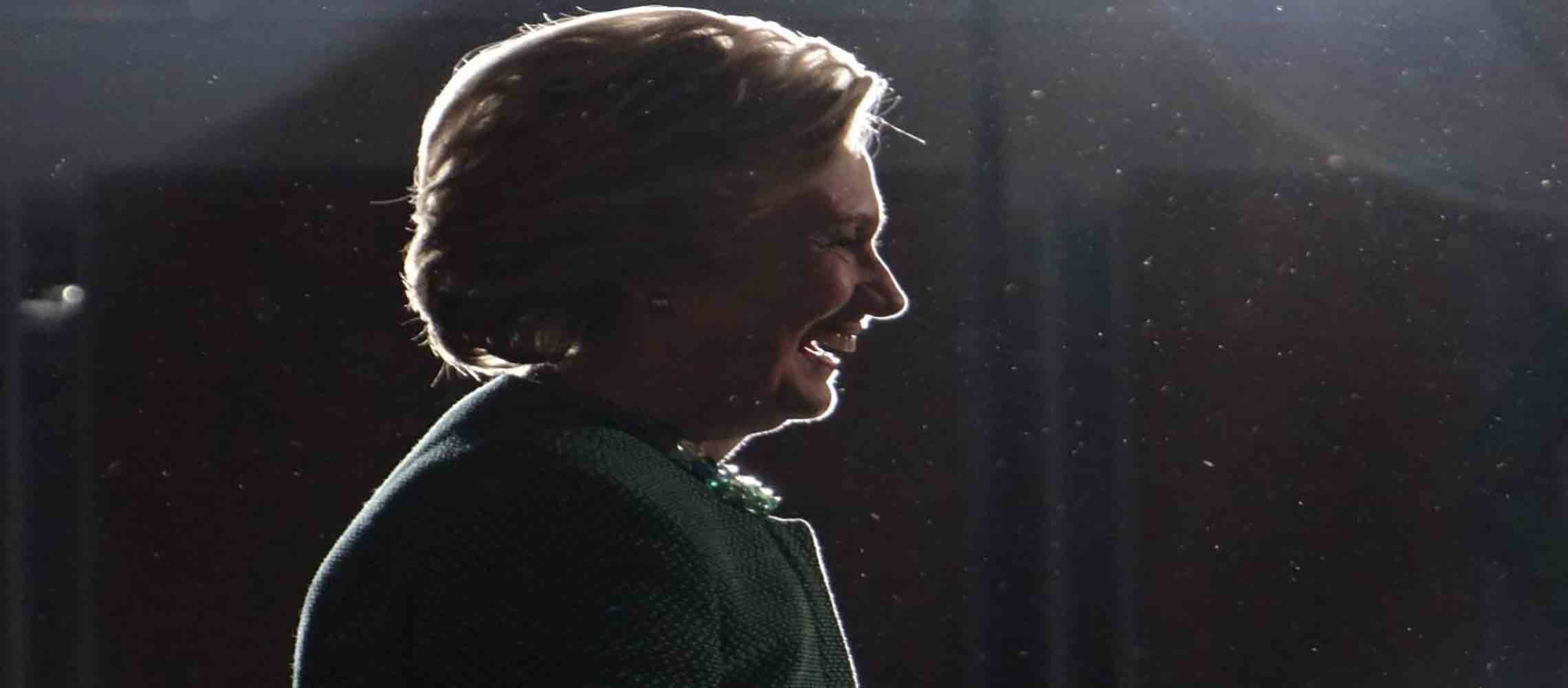
by Margot Cleveland at The Federalist
Enemies of Donald Trump surveilled the internet traffic at Trump Tower, at his New York City apartment building, and later at the executive office of the president of the United States, then fed disinformation about that traffic to intelligence agencies hoping to frame Trump as a Russia-connected stooge.
A tangential filing on Friday in the criminal case against former Hillary Clinton campaign lawyer Michael Sussmann revealed these new details uncovered by Special Counsel John Durham’s investigation. The revelation came in the middle of a 13-page motion Durham’s prosecutors filed in the criminal case against Sussmann. The special counsel’s office charged Sussmann in September 2021, in a one-count indictment of lying to James Baker during a meeting Sussmann had with the then-FBI general counsel in the weeks leading up to the 2016 election.
During Sussmann’s September 19, 2016 meeting with Baker, Sussmann allegedly provided the FBI general counsel information that purported to show the existence of a secret communication channel between the Trump organization and the Russian Alfa Bank. The indictment charged that Sussmann told Baker during that meeting that he was not working on behalf of any client, when, according to the indictment, Sussmann was actually acting on behalf of “a U.S. technology industry executive at a U.S. Internet company”—later identified as Rodney Joffe—and “the Hillary Clinton Presidential Campaign.”
While the special counsel’s indictment of the Clinton campaign lawyer was, by itself, huge news, the details Durham sprinkled throughout the 27 pages of the talking indictment suggest even more bombshells are to come. Those allegations suggested “a scandal much deeper than merely Sussmann’s role in a second Russian hoax — a scandal that entangles the Clinton campaign, multiple internet companies, two federally-funded university researchers, and a complicit media.”
The Details Are Starting to Come Out
The talking indictment filed against Sussmann soon proved to be the first of many “talking” legal documents Durham’s team filed with the court. A little more than a month after charging Sussman, Durham filed a response to Sussmann’s “Motion for a Bill of Particulars”—a motion that asked the court to order Durham to provide more details about his alleged crime. That response revealed more details about Durham’s investigation.
A “discovery update” filed in late January added even more texture to the charge against Sussmann and the broader investigation. Durham exposed even more intrigue in the “clarification” to the discovery update he filed a few days later. In Friday’s motion, formally a “Motion to Inquire into Potential Conflicts of Interest,” Durham continued providing the public an update on select portions of the special counsel’s probe.
The special counsel’s office opened the motion by explaining that it believes Sussmann’s current counsel of Latham and Watkins, LLP may have potential conflicts of interests that could affect its representation of Sussmann. Those “potential conflicts likely could be addressed with a knowing and voluntary waiver by the defendant upon consultation with conflict-free counsel,” Durham’s team explained. But such a waiver, Durham requested, should be made “on the record” before trial.
Obtaining an on-the-record waiver by Sussmann of any such conflict of interest would limit Sussmann’s ability to later challenge any conviction, whether following a plea agreement or a jury verdict. The court will likely grant that motion to ensure both that any waiver of the conflict is knowing and voluntary and to ensure Sussmann cannot later attempt to overturn any conviction based on the conflict.
It is what followed in the next 12 pages, however, and not the mundane minutia of this motion, that proved explosive. In explaining the potential conflicts-of-interests Sussmann’s Lathan and Watkins attorneys possibly had, Durham explained much more of the get-Trump plot.
